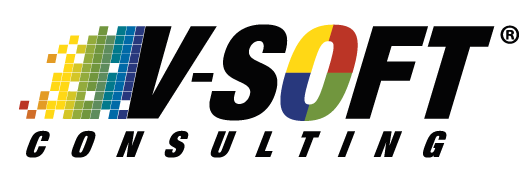Robotic Process Automation (RPA) is a technology that is revolutionizing business and allows business leaders to do more with less. RPA is the answer to automating redundant tasks so human workers aren't held back by labor intensive, manual tasks spanning across all departments such as finance, IT, operations and more. RPA is one of the fastest growing automation solutions. Let's review what RPA is and what RPA can be used for.
What is RPA?
Robotic Process Automation is a technology in which a computer program or application, often referred to as a robot, performs manual tasks that are tedious and monotonous for human workers.
RPA allows humans to focus on more significant business tasks. Robots use a user interface to capture data and manipulate applications just like humans do. They interpret, trigger responses and communicate with other systems to perform a variety of repetitive tasks. Another important factor: RPA software never sleeps and makes no mistakes.
Most think RPA and cognitive intelligence are the same, but there is a fine line that differentiates them. RPA automates simpler tasks, dealing only with tasks that don’t require understanding or insights. RPA handles tasks where a set of rules or instructions are programmed. Cognitive automation is used for intellectual touch points, like dealing with natural language understanding and processing, reasoning and decisions, determining context and providing deeper insights.
Understanding Automation Through RPA
To understand RPA's significant role in business automation, let’s focus on back-office use cases such as invoice processing. Invoice processing demands a lot of manual effort. Invoices can be in any format: paper receipt, PDF, image or email. Usually, the invoice is scanned or manually entered into the system. From there, the invoice has to be entered for the correct accounts and/or projects. Then the invoice must be sent for approval. This is a tedious process, and data needs to be copied manually from the original document to the system, which leaves room for human error. With manual processes in place, companies waste time obtaining, assigning and approving invoices.
This challenge can be solved by automating the invoice processing with UiPath. All data can be updated to the respective systems without any human involvement. With UiPath automation, the process of collecting data from the invoice and sending it to the target system (such as NetSuite) is ran at configured intervals. This way RPA saves effort, time and money. 
Why Businesses Should Use RPA
The Robotic Process Automation market is projected to reach $2.1 billion by 2021."
While there many benefits robotic process automation has, here are some of the most important.
Transparency and Accountability
By automating rule-based processes, RPA saves lot of human efforts and business costs and improves service and business process delivery. RPA makes process more accurate and provides transparency and accountability into the process.
Strategic Management of IT Services and Operations
Managing IT infrastructure and operations is a challenge. By using RPA, IT teams can have better visibility into the IT infrastructure and operations. Thereby enabling IT teams to strategically manage IT resources.
Proactive Risk Management and Security
RPA can provide organizations with proactive audits of every business processes and predict risks in advance so that appropriate actions can be taken to mitigate those risks, in turn improving security.
Tailored Customer Experiences
In the era of consumerization, customer experience matters most. By automating customer service operations and communications with advanced technologies like chatbots, RPA ensures faster issue resolution times while ensuring tailored consumer experiences.
















